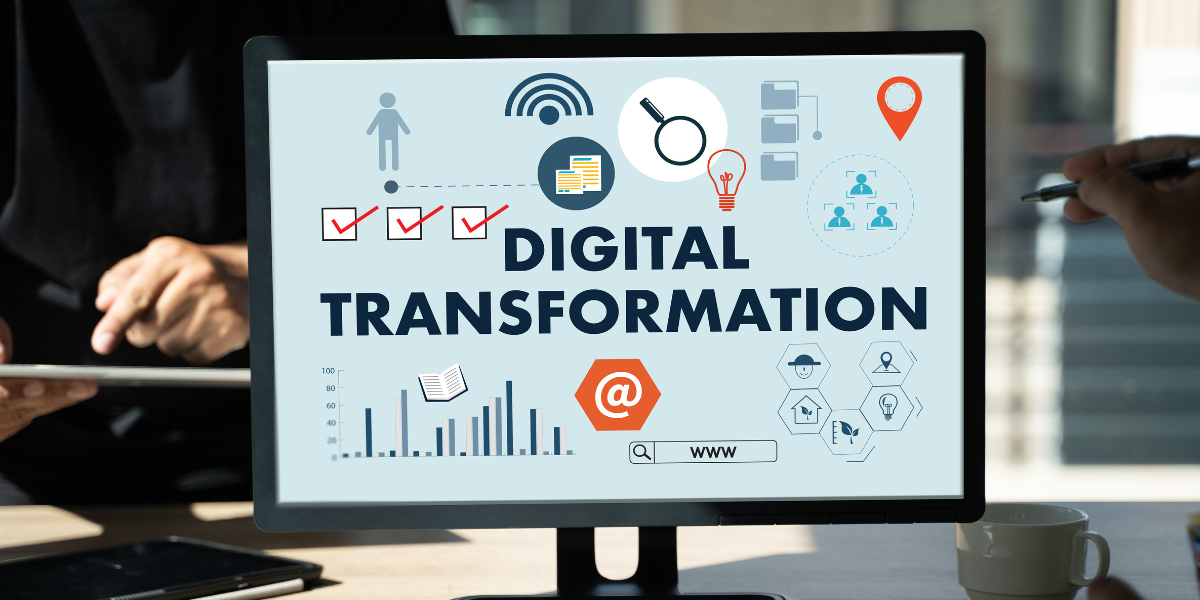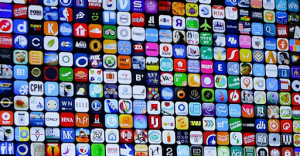The internet and digital media have had a significant and unexpected impact on modern life. Nobody predicted the sociological impact of digital media, or the impact that internet use would have on society. The transition to digital marketing has resulted in a significant shift in marketing strategy, opening up new marketing opportunities.
Digital technology is a powerful marketing tool in this age characterized by technological advancement. While the digital revolution is unarguably necessary, how exactly is it beneficial to our society? Or, what effect will this have on the marketing process?
In this post, we’ll go over the impacts in greater depth.
Digital Transformation and Its Many Connotations
Digital transformation might be challenging to define because there isn’t one definition for it. Different industries and departments use the phrase in different ways.
In human resources, digitization means simplifying processes and digitizing personnel records. Electronic contracts and invoices are crucial milestones, most especially in the accounting industry’s digital revolution. Yet, when it comes to marketing, a digital revolution is unprecedented.
Electronic health records are an example of digital transformation at the individual level. This example particularly falls in the medical and wellness industries. Given the switch to digital records, health professionals are more likely to make better decisions with this data.
Businesses such as Amazon and Uber have already demonstrated the power of digital transformation on a large scale by incorporating cutting-edge digital technologies. They work hand in hand with long-standing business models such as retail sales and transportation. These businesses have outperformed their competitors.
But in general, digital transformation is considered to have an impact on business. It has the potential to bring about exciting and profitable changes in the field of marketing for those with a clear vision.
Funnel-Shaped Websites
The funnel is a great example of how a digital transformation affects marketing. Marketers use funnels to track the actions of potential customers, culminating in a final decision to purchase the product or service in which they are most interested.
Prior to the advent of digital technologies, the marketing funnel was simple and, in some ways, indestructible. There are five stages in total:
- Recognition – At this point, your product or service may be precisely what a customer is looking for.
- Curiosity – A customer decides whether your company is a good fit for them after doing additional research.
- Proposition – People’s attention is now drawn to your offered products or services.
- Desire – When clients begin to develop a preference for a company because they believe they need the product or service in question.
- Choice – Following the completion of a sale, a consumer is now transformed into a customer.
Before internet marketing, a company could create marketing materials and then hope for the best in each state. Intervening requires the use of a knowledgeable salesperson in order to connect with a potential customer. As a result of digital transformation, these processes now give marketers a greater degree of control over the process. They’re given two new tools that aren’t available anywhere else: multi-stage interactivity and analytics.
Customization as a Realistic Goal
One of the most successful digital marketing transformations is the personalization of content for specific clients. The combination of metrics and interaction has enabled consumers’ actions and behavior to be tracked on an individual level. They then use the data to create a personalized marketing response.
Customer purchases are recorded, and then related products are suggested in some circumstances. A “refill,” for example, can be done for consumable items. But this is only the beginning of what may be accomplished. Individual customers’ interests may now be tracked using analytics from social media sites such as Facebook. It allows businesses to make recommendations. Through this, they can even send targeted emails to those clients before they convert to a sale. Marketing professionals no longer have to guess where consumers are interested when using social media to measure consumer interest.
In the world of digitization, data reigns supreme
Before digital transformation, the single most significant ‘blind spot’ in marketing was the lack of high quality. Actionable data for marketing professionals to use in their decision-making is another one. Following creating a poster for a subway station or a television ad, there was no realistic way to measure the effectiveness of the marketing content produced. How many individuals were exposed to that metro advertisement? The commercial was shown on television. But how many people watched it? Who went out and bought the product because of it?
In the world of marketing, analytics has been a game-changer. The digital transformation movement continues to stress how valuable it will be in all future marketing endeavors. Suppose a marketing team posts a video on social media platforms such as YouTube, Facebook, Instagram, etc. In that case, the marketing team can see exactly how many people have seen the video. Furthermore, those individuals click on the “Call to Action” button. This button directs the viewer to a website. In that case, it is simple to determine how efficient the video is at converting viewers. More information is provided, such as which social media platforms. People used to watch the video. Where they live, and what time the video received the most views and click-throughs, among other things.
In short, digital transformation now provides marketing professionals with far more detailed user data and metrics. This allows them to tune and optimize marketing strategies. Knowing what doesn’t work and what does, as well as how well it works, will enable you to be far more flexible. It will also help you to be responsive and targeted in your efforts.
Marketing is Changing Due to Interactivity
The influence of the digital revolution on interactivity has been enormous and unprecedented. Digital media, unlike traditional media such as cinema, television, and music, is interactive. It provides individuals more control over what they consume, how they consume it, and with whom they share it.
Websites, for example, can now provide users choices about what information they want to see and in what order they want to see it. People can interact with company profiles on social media by asking questions and receiving responses. Consumers can also post comments or give feedback on the content they read or watch using the heart, thumbs-up, and favorite buttons.
Everything is changed by the interaction that can happen on social media and even on advertisements. Consumers can watch an influencer discuss a product while using live commercials, like live broadcasts on social media. Instead of watching a social influencer, viewers may now take part in the live stream by leaving comments. They can also provide suggestions and receive responses. In 2019, there is a level of engagement and involvement that was not workable before digital transformation. This shifted the scope and character of how marketers can approach their targets.
Automation boosts responsiveness
When it comes to influencing a purchasing choice, the timing might be critical to success. A consumer will be “on the fence” about making a sale and even going so far about preparing for a transaction to halt at the shopping cart stage and not complete the deal.
Today, digital transformation implies recognizing certain data or activities. If such parameters are met, the software can deliver emails. Personalized messages can operate without involving a human agent. Consumer behavior can be observed and addressed without the need for a human to supervise the activity and be fortunate enough to notice and react to it in time. Automation paired with metrics allows for this to be accomplished.
This form of automation is becoming popular. What makes it popular are the chatbots. These chat boxes even take on the job of basic customer service help for simple tasks. It enhances marketing response and increases productivity.
Conclusion
Digital transformation is expected to have a significant impact on operational and marketing activities across industries. So, it is essential to understand what is at stake. Assemble a team that is equipped with the necessary technology, processes, and skills to thrive in this new digital era.








